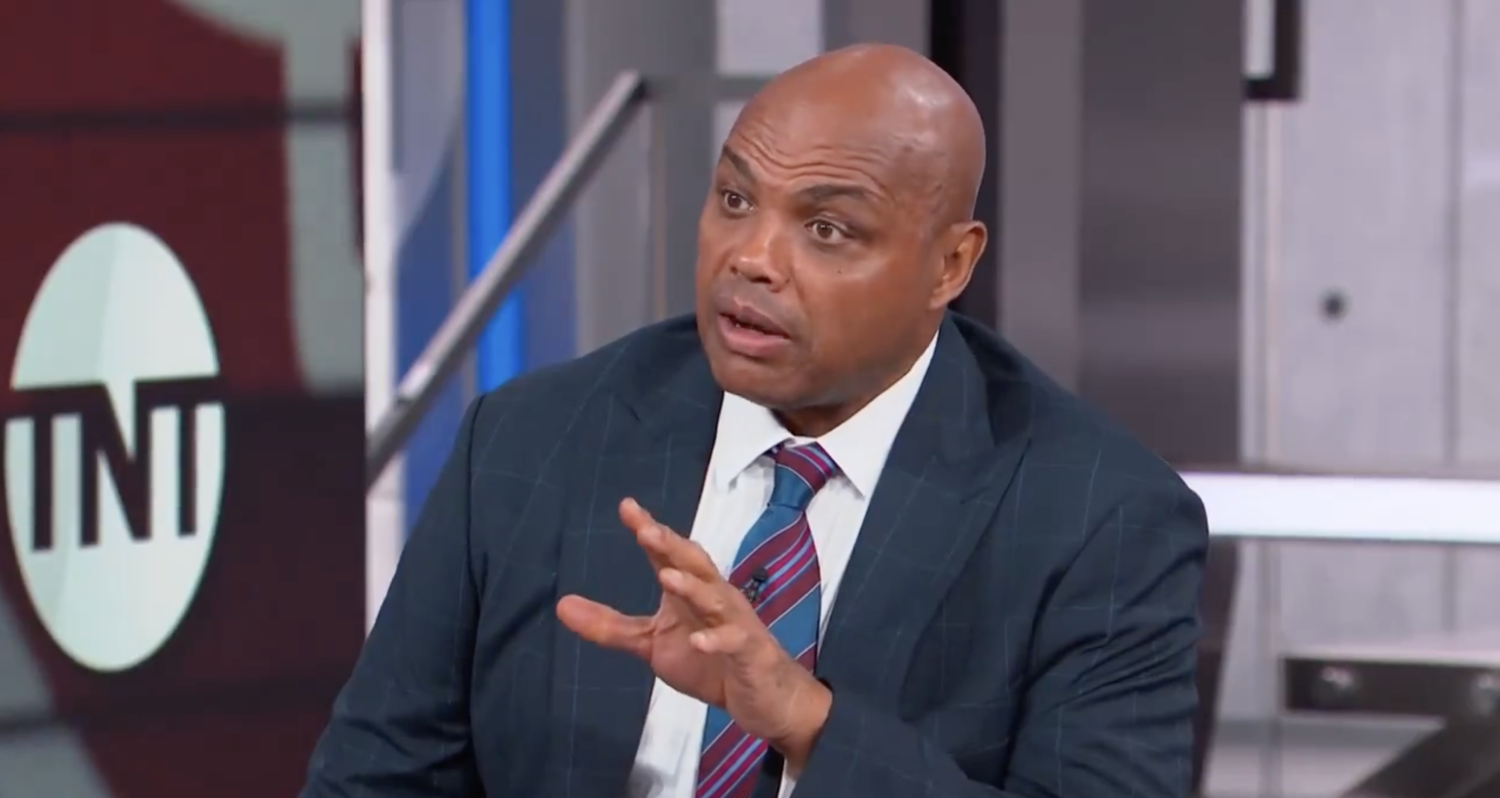The results of the 2018 Associated Press Sports Editors Racial and Gender Report Card study are out. And while that’s a lengthy title for a study, the letter grade format is a bit simpler to process.
And those grades? For racial diversity in hiring: B. For gender diversity: F. And overall, a D+. That’s obviously bad! But it’s also a good sign that the methodology is at least somewhat sound, because looking around at the world of sports media and coming away with a take other than “more racial and gender diversity is badly needed” would be very misguided.
The findings are available here, and the author of the study, Dr. Richard Lapchick, wrote about the findings for ESPN. That’s likely because ESPN is all over the report, and Lapchick cites John Skipper as a confidante. The headline is just “The 2018 Associated Press Sports Editors Racial and Gender Report Card”, but the original headline lives on in the URL: “ESPN leads the way in hiring practices in sports media”.
Apparently someone decided that headline was either a bit self-aggrandizing or that maybe saying ESPN was leading the charge for hiring practices that amounted to a D+ overall was a bad idea. Regardless, Lapchick explained a bit about the results, and what ESPN has done for diversity in the industry as a whole:
Sports media leaders remain largely white and male. For 2018, the grade for racial hiring practices for APSE newspapers and websites was a B — the same grade as in the 2014 study. The APSE newspapers and websites received the fifth consecutive F for gender hiring practices. The combined grade for 2018 was a D-plus, the lowest of all the reports issued by TIDES. This report shows that 85 percent of the sports editors, 77 percent of the assistant sports editors, 80 percent of the columnists, 82 percent of the reporters and 78 percent of the copy editors/designers were white. The percentages of males in those positions this year are 90, 70, 83, 89, and 80.
And on ESPN, specifically:
• Of the 70 people of color who are assistant sports editors, 51 work for ESPN. If the ESPN assistant sports editors of color were removed, the overall percentage of assistant sports editors of color would drop from 24 percent to 8 percent. Of the 89 women who were assistant sports editors, 75 worked for ESPN. If the ESPN assistant sports editors who are women were removed, the overall percentage of female assistant sports editors would drop from 30 percent to 6 percent.
• ESPN also had a significant effect on the percentage of female columnists at the largest newspapers and websites. Of the 44 women who were columnists at this level, 38 worked for ESPN. Of the 44 women, four were African-American, one was Latina and two were Asian. All 11 women of color were employed by ESPN. If the ESPN columnists who are women were removed, the overall percentage of female columnists would drop from 19 percent to 3 percent
Those are real, good things, even if they’re being written about on ESPN.com by a regular ESPN commentator (check the bio) who spends a large section of his column praising ousted-exec Skipper. So, good for ESPN!
But again, it’s not nearly enough, and this past year has been an odd one to say the least when it comes to ESPN’s commitment to a diverse array of voices.
[ESPN]






